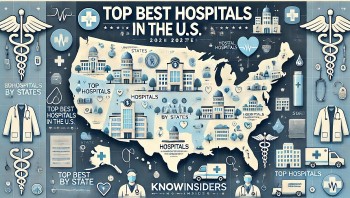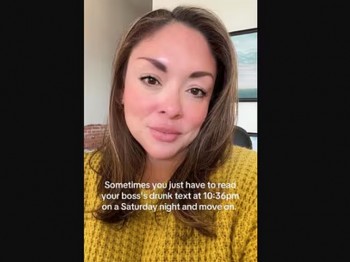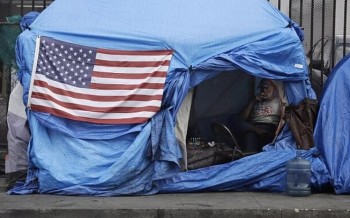How Americans Can Still Access Free Food as Food Bank Funding Crumbles
 |
| How to Get Free Food as Food Bank Funding Crumbles |
Fast Food Access Guide: What To Do When Food Banks Are Struggling
With federal funding for food banks collapsing in 2025, hunger relief organizations are overwhelmed. Here's a detailed, step-by-step plan for how to access food assistance quickly and reliably in this crisis:
1. Use the Feeding America Finder
Go to www.feedingamerica.org/find-your-local-foodbank and enter your ZIP code. You’ll see a list of nearby food pantries, mobile food stops, and their hours.
2. Call 211 - A National Lifeline
Dial 211 from any phone. It connects you to local services: emergency food, rental help, shelters, mental health services, and more. Free, confidential, 24/7.
3. School Meal Pickups and Backpack Programs
Many school districts continue to provide free meals even when schools are closed. Ask about:
-
Grab-and-go meals
-
Summer food service programs
-
Weekend backpack food programs
4. Look for Mobile Pantries in Your Area
Mobile food trucks bring groceries to underserved neighborhoods. Check your local food bank's website or social media for schedules. No car? Many allow walk-up service.
5. Visit Local Churches and Community Centers
Faith-based groups are essential partners in hunger relief. Even if you’re not a member, churches, mosques, synagogues, and temples often run:
-
Weekly food giveaways
-
Hot meal nights
-
Food boxes for pickup
6. Join or Contact Mutual Aid Networks
Search Facebook, Reddit, or Google for "[Your City] Mutual Aid." These grassroots groups offer:
-
Free groceries and toiletries
-
Meal drop-offs
-
Rides to pantries or SNAP offices
7. Apply or Re-Apply for SNAP (Food Stamps)
Despite federal cutbacks to other programs, SNAP is still active. Benefits load monthly on a card you can use at most grocery stores.
-
Apply at www.benefits.gov
-
Or visit your local Department of Human Services office
8. Use Farmer’s Market Nutrition Vouchers
Eligible seniors, WIC participants, and low-income households can get vouchers for fresh food at farmers’ markets. Ask local markets about:
-
SFMNP (Senior Farmers Market Nutrition Program)
-
WIC Farmers Market benefits
9. Check City and County Websites for Emergency Programs
Many local governments have launched pop-up food sites or used leftover pandemic funds to support hungry residents. Look for announcements on city hall, county, or health department websites.
10. Speak Up—Your Story Matters
Contact local media or hunger advocacy groups if you’re affected. This brings awareness and can lead to community action and direct aid.
Understanding America’s Food Bank System
The Rise of Food Banks in the U.S.
The first food bank opened in 1967 in Phoenix, Arizona, founded by John van Hengel. His mission to rescue surplus food and deliver it to the hungry has grown into a nationwide network. Today, over 200 food banks and 60,000 partner pantries distribute more than 6 billion meals each year across the United States.
Who They Serve
Food banks primarily help:
-
Low-income families
-
Seniors on fixed incomes
-
Veterans
-
Unhoused individuals
-
Children facing food insecurity
Eligibility usually centers on households earning under 200% of the federal poverty level, but many programs have flexible or emergency exceptions.
How They’re Funded
Support comes from a mix of:
-
Corporate donors (Walmart, Amazon, Kroger)
-
Philanthropic foundations (Gates Foundation, local charities)
-
Community donations
-
Federal programs like TEFAP, SNAP, and (formerly) LFPA
Recent Federal Cuts Are Devastating
In early 2025, the USDA slashed over $1 billion in funding to two major programs:
-
Local Food for Schools Cooperative Agreement
-
Local Food Purchase Assistance (LFPA) Program
Both programs funded local farms to supply food to schools and food banks, bolstering rural economies and improving food quality. Simultaneously, TEFAP deliveries were canceled or cut, with many food banks losing 25% or more of expected supplies.
State-by-State Impact:
-
Iowa: Lost $11.3 million in food purchases
-
Arizona: Cutbacks totaling $21 million
-
Delaware: Over 900,000 meals canceled
Vince Hall of Feeding America warned, “Rural communities will be hit the hardest,” as these areas rely heavily on USDA-funded food deliveries.
Why This Matters
Food insecurity affects over 34 million Americans, including more than 9 million children. Cuts to programs like LFPA and TEFAP remove critical lifelines just as inflation and economic instability push more families into hardship.
Food banks aren’t giving up. They’re turning to communities, volunteers, donors, and local governments. But they can’t do it alone.
How You Can Help (Even If You’re Not in Need)
-
Donate: Money goes further than canned goods. Donate directly to your local food bank.
-
Volunteer: Sort food, pack boxes, drive mobile deliveries.
-
Advocate: Contact your representatives to restore federal food program funding.
-
Share Resources: Post this guide or share links with anyone who might need food.
Editor Note: Even as funding dries up, communities are stepping up. Share this article. Help a neighbor. And remember: you are not alone.
























